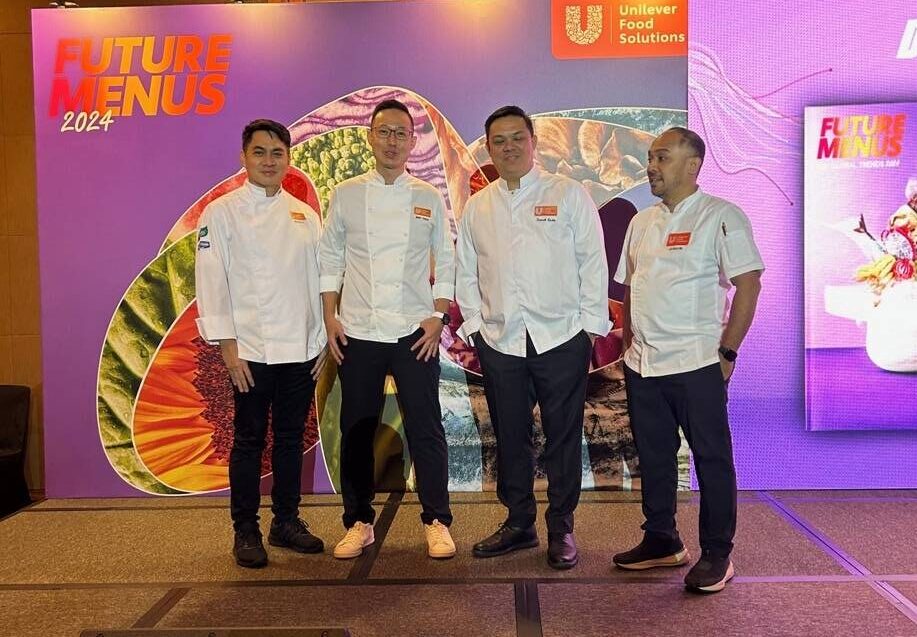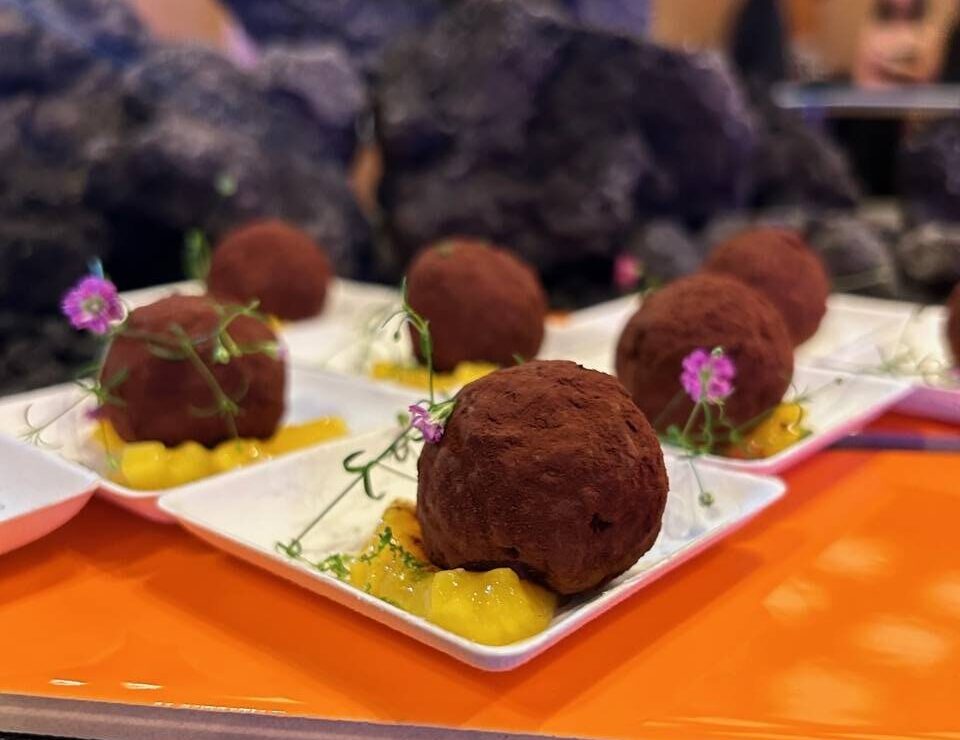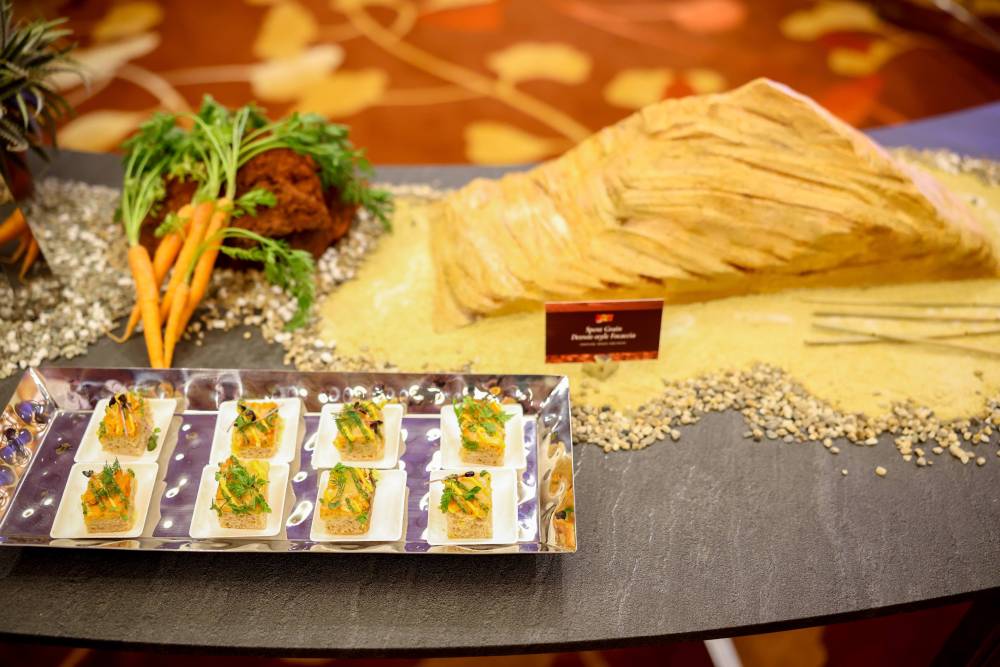Chefs identify key food trends

During this year’s Worldchefs Congress, a biennial event that gathers a global community of chefs, cross-industry innovators and thought leaders, a lot of fascinating and relevant subjects were raised and discussed.
Among them were using AI to the food businesses’ advantage with the use of programs like Suno to create original music, Gamma for presentations and slide decks and ChatGPT for reports patterned after the voice and vocabulary of chefs; empowering restaurant staff by individualizing mentorship and building a culture together; and factoring in mental wellness and well-being by creating balance, not burnout.
There were cooking demos from the likes of MOF and Bocuse d’or winner Davy Tissot as well as conversations on the pressing issues of sustainability and feeding the planet. But one session that definitely raised curiosity and brought the chefs to their feet was the one hosted by the Unilever Food Solutions (UFS) groups from Indonesia, Thailand and the Philippines.
The title alone drew much interest, “The Journey of Infinite Culinary Possibilities,” fueled largely by a short list of food trends compiled by over 200 chefs from Unilever.

“We recognize the impact that we have on the entire food service industry,” says Monica Reyes, country head of marketing for UFS Philippines. “And as part of a company that supplies to the biggest food service brands, we understand our responsibility, and I think it’s up to us to really drive that evolution. If not we’re just going to remain stagnant.”
Four of the eight trends were highlighted during their turn at the Worldchefs Congress 2024 held in Marina Bay Sands, Singapore. To stake their claim, snacks were fashionably laid out on a long table designed like the infinity symbol.
Flavor shock
The first was Flavor Shock. Given Filipinos’ penchant for bold, punchy flavors, it is not surprising that there’s a culinary clamor for sensory overload and combinations that blur the lines of familiarity. Online, it is referred to as chaos cooking, where ingredients that don’t traditionally belong together are paired in the hopes of producing something mind-blowing. Case in point: birria ramen, sushirrito, or, as served in the presentation, chocolate truffles made with fermented cassava and tempura with matcha sauce.

Another trend is Low Waste Menus, which is driving chefs to be more resourceful, and in the process, more clever and creative. These days, in professional restaurant kitchens, using the peels and the stalks is not so much about reducing waste (which has already become a standard) anymore, but seeking the potential of every ingredient.
There’s also Local Abundance, which has to do with going hyperlocal with the inventory and strengthening closer relationships with the farmers. From asin tibuok from Bohol and asin duldul from Guimaras to figs from Palawan and prewar tomatoes from Calaca, Batangas, chefs are discovering lesser known produce grown in their fertile backyards.

Comfort food
Last on the roster is Modernized Comfort Food. The classics are being given a new life by localizing them and seasoning them with the chef’s heritage and culture. Through culinary storytelling and emotional connection to the dish, food is not just being given a new form and a slightly different flavor, but also a deeper, more personal meaning.
The rest of the report mentions Plant-powered Proteins, where beans and pulses are given major roles on a plate; The New Sharing, where food boards and cross-cuisine mashups promote a sense of community and connectivity; Irresistible Vegetables, where fresh produce isn’t just for nutrition and nourishment but also pretty plate presentations; and Feel-good Food, where typical components are replaced by healthier options.
“We see that Filipinos, especially chefs, are actually looking for trends, so why are we not seeing a lot of these come to life?” asks Reyes.
“It’s because they find them so obscure that they don’t know what to do with them or how to apply them. So we’re here to almost democratize the trends, not just to identify them but to equip chefs with recipes, techniques and ingredients to make it easier for them to apply them to their own businesses.”
For a full copy of the trend report, visit unileverfoodsolutions.com.ph.
Follow the author @fooddudeph in Instagram.
Angelo Comsti writes the Inquirer Lifestyle column Tall Order. He was editor of F&B Report magazine.


















